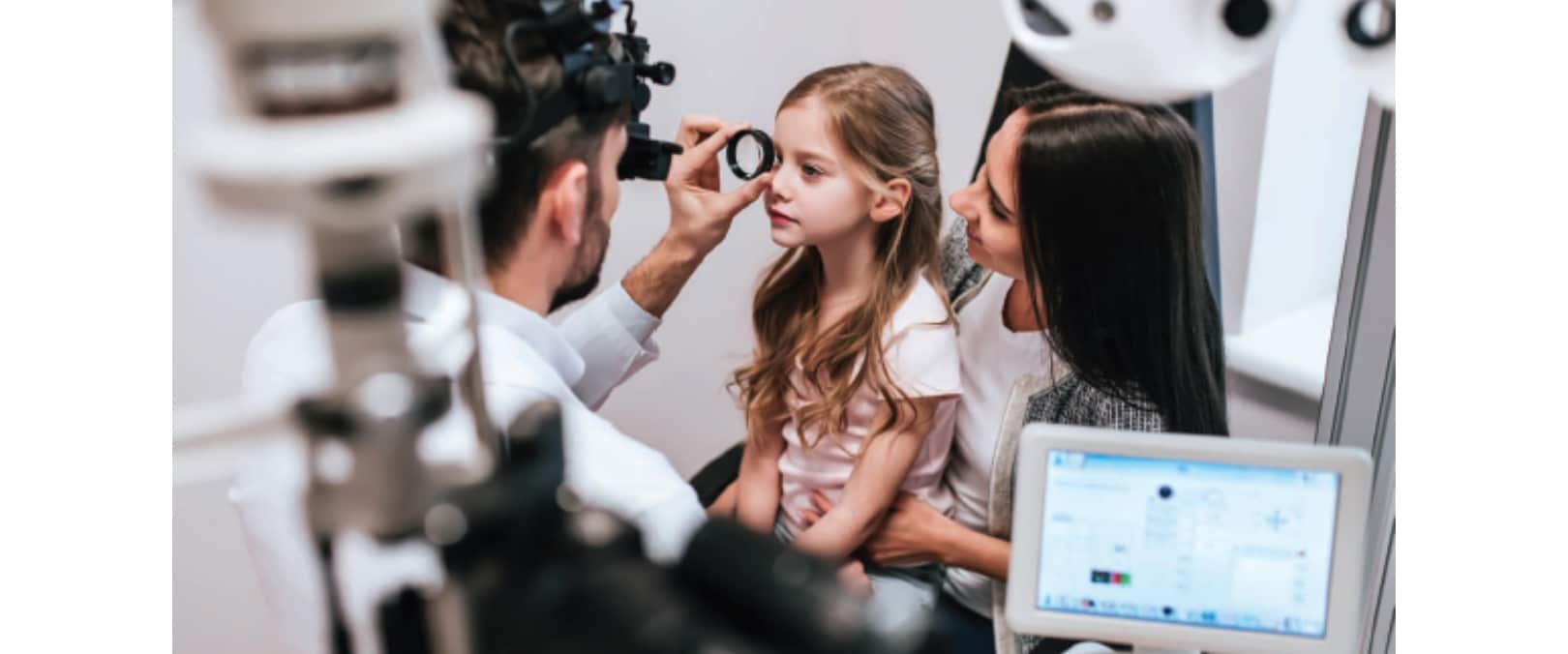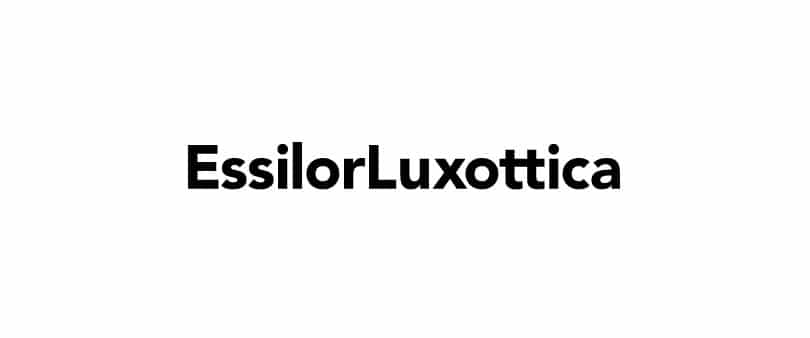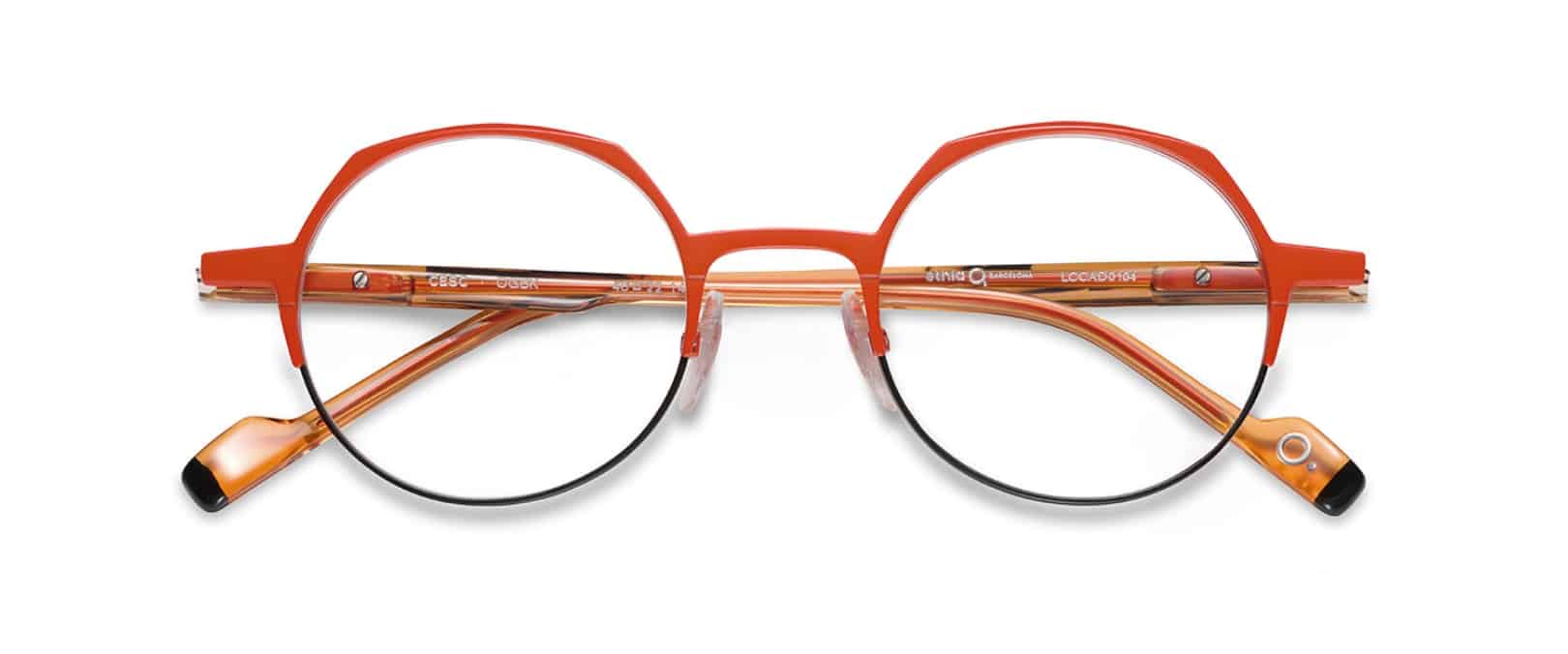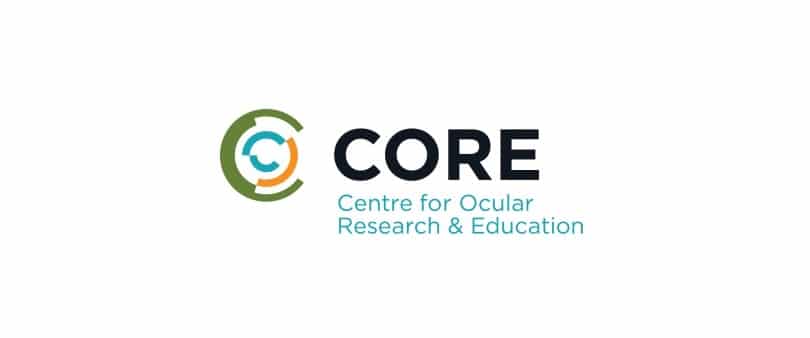Childhood Myopia
Friday, August 18 2023 | 08 h 30 min | Optik Magazine, Vision Science
By Thomas Weissberger
ep·i·dem·ic
[ˌepəˈdemik]
- NOUN
a widespread occurrence of an infectious disease in a community at a particular time:
“a flu epidemic” · “an epidemic of cholera” - ADJECTIVE
(of a disease) occurring widely in a community at a particular time. Compare with endemic, pandemic.
“epidemic diseases” · “typhus was epidemic in the winter and spring of 1922”
Such a scary word, especially after what we have lived through these past three years. In the context of childhood myopia (CM), we should be scared and concerned; not just because we are seeing an exponential growth in the incidence of CM, but also because of the long-term consequences.
Development of Childhood Myopia

Childhood myopia is becoming a severe problem, especially in urban areas in Asia and in developed nations; almost 90% of young people develop myopia before the age of 20. Studies predict that by the year 2050, nearly 50% of the world’s population could be myopic. In a worst-case scenario, after onset, a child’s vision may quickly deteriorate at a rate of one dioptre per year and turn into high myopia, which in turn can increases the risk of retinal tears or detachment and can even lead to blindness.
As eye care professionals, we are the first line of defense and an integral part of the circle of care for combatting the myopia epidemic, and we have the tools and resources to do so if we so choose. But is it a choice really? I say no, it is our duty and responsibility.
To be able to help we must have a basic understanding of the issue, the causes, and the treatment(s) available.
Childhood Myopia Treatment
There are currently four types of treatment available, three of which Opticians can employ, as well as some experimental new options that are available in some countries; however, first and foremost, one of the most important aspects of childhood myopia management is based on lifestyle.
When the near epidemic volume was first realized, an interesting fact emerged: children in less developed countries showed a significantly reduced amount of myopia compared to those in developed countries where much of the day was spent in close work either for homework or using digital devices for play, where their eyes were in a constant accommodative near-vision state. As ECPs with the ability and time for discussions beyond just the fitting of glasses, we can advise and guide parents and their children on how to make good lifestyle choices for their eye health.
Find out the three key rules for childhood visual environment and much more in Tom’s full article published in July-August Optik!
The Practical Professor: Optical Solutions for the Real World
I am a second generation optician and have made all aspects of opticianry and optics my life. I have over 10 years of teaching experience as a former professor in the Dispensing Opticians’ program at Seneca College and at Georgian College. I was also responsible for
modernization of the optical curriculum.
I am a trainer and trainee (One never stops learning!), and I am available to share my knowledge and experience with today’s eye care professionals. As the owner of Special Eyes Optical Services, I am dedicated to supporting the optical industry. You can reach out to me at Tom@SpecialeyesOpticalServices.com.
Want to see more like this article? Subscribe to our FREE print magazines and e-newsletters!









